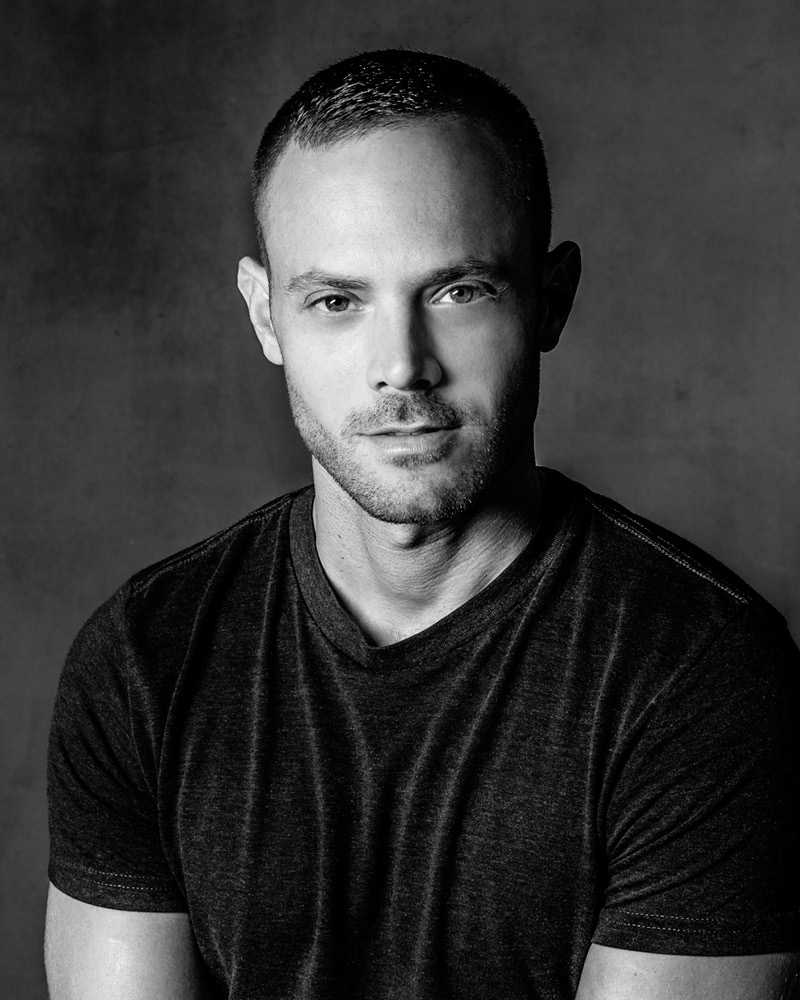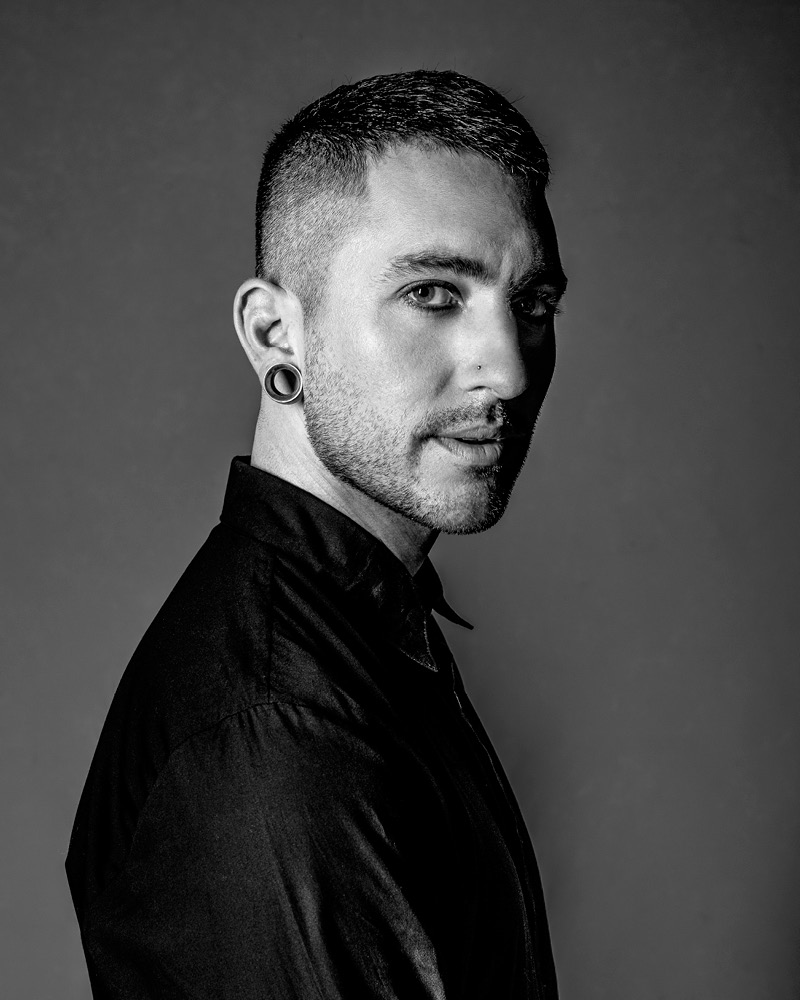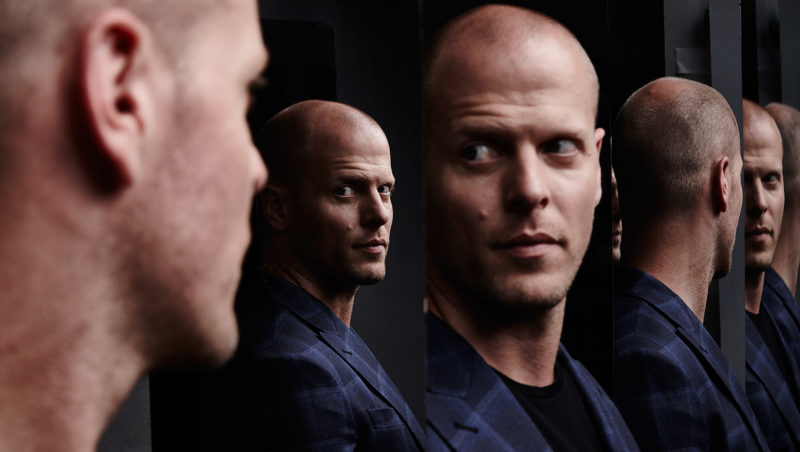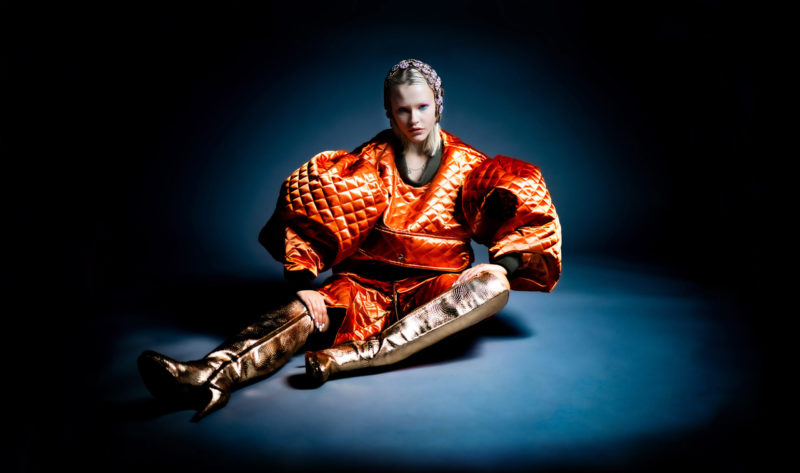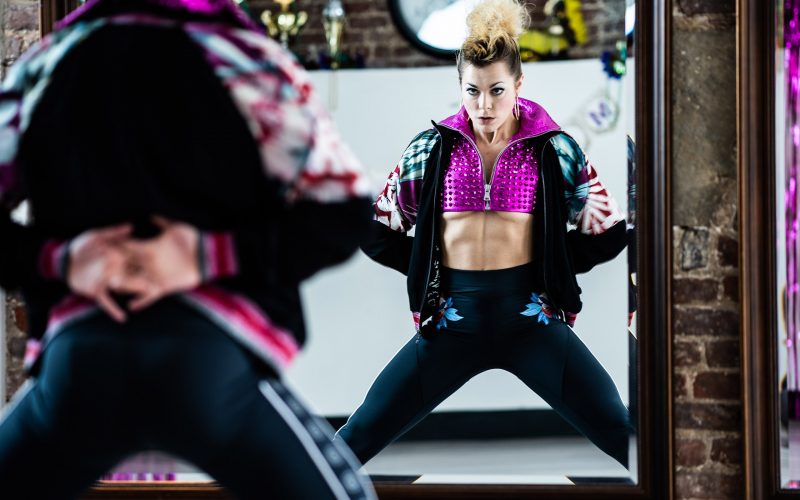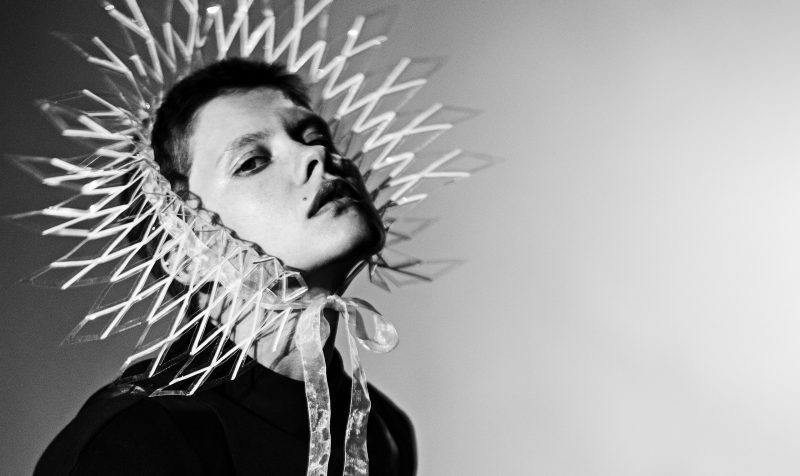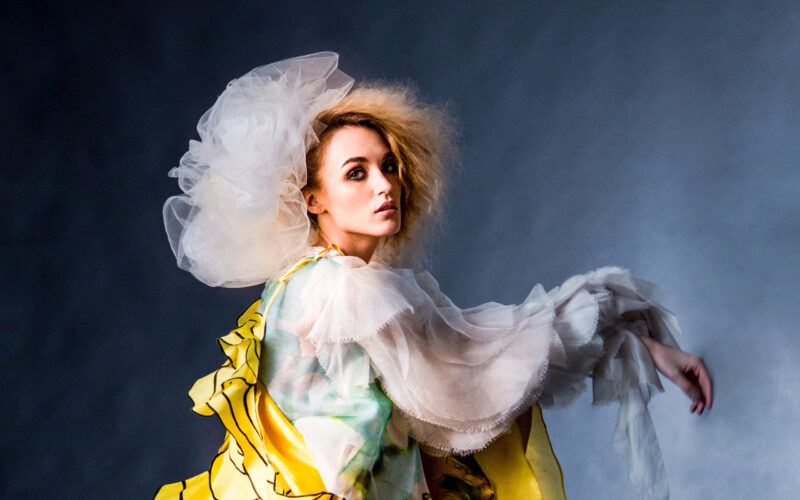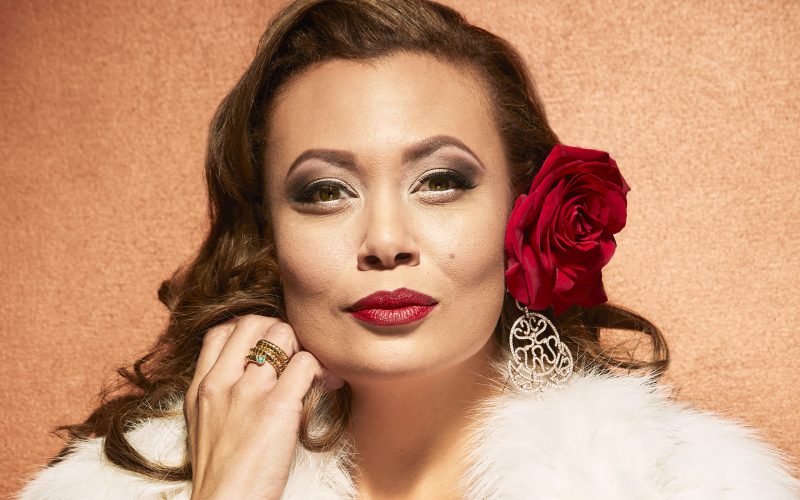Cynthia: How would you describe your art?
Jordan: My works are a painting-sculpture hybrid installation. Blood from a slaughterhouse is the primary medium. The blood is preserved and encased in a Plexiglas substrate and UV resin; this permanently retains the organic material’s natural colors, patterns and textures. The works become relics of that which was once living, embodying transformation, regeneration and an allegory of death to life. For viewers who have never seen the works, they’re like stained glass made of blood inside the multi-layers or resin; all the works have a smooth surface, are multi-dimensional and cast light.
Cynthia: How does your respective work differ?
Jonny: I am a designer, not an artist. I only recently came to terms with the utilitarian nature of what I do. Art is limitless and emotional, and even though fashion can push those boundaries, ultimately it’s designed to be enjoyed by its wearer. I found a grounding energy in understanding that important difference. I turn my fantasies into wearable sculpture for everyday life; I like to imagine myself designing clothing to express uniqueness and individuality. I have never been stimulated by visual art. I walk through galleries and museums at an annoyingly fast pace and take in visuals as quickly as watching models on a runway. When Jordan showed me his work I was in awe; he was the first visual artist in years that made me take my time.
Cynthia: Jordan, did you have formal training?
Jordan: I went to NYU, The Gallatin School of Individualized Studies. I took a few introductory art courses and did independent study with a professor who encouraged my desire to explore blood as a medium. However, my techniques evolved over many years though experimentation.
Cynthia: How did you find your artistic soul?
Jordan: I had many philosophical conversations about life after death and mediation. The process is about allowing viewers to experience a material they have a connection with, in a way in they’ve never experienced. Unlike paint, we all have blood running through our veins. This brings an immediate connection and often a very visceral reaction. As I started thinking about the connections between body and spirit, the works shifted to abstraction. I found it more effective to put the blood’s natural qualities and innate energy at the forefront. Layering and light became key: by specifically spot-lighting the works, they cast a glow of the blood’s reflection onto the wall behind the art. This projection allows viewers to see its fine details.
Cynthia: What inspired this collaboration?
Jordan: Jonny approached me to collaborate on a SKINGRAFT x JORDAN EAGLES capsule collection and I felt this would be a great fit with his vibe. I also knew he would handle the themes with respect and taste and we could present a line that would honor blood’s innate beauty. Doing images on fabric has been in the back of my mind since I started doing blood illuminations on naked bodies and seeing how naturally the patterns flow.
Cynthia: What’s the technical process for designing clothes with these images?
Jonny: We took high-resolution digital photos and laid the blood imagery over the individual pattern pieces of each garment. Every sleeve, collar, body piece and pocket is specifically laid out with different portions of the blood work and printed with sublimation onto the material. From there we sew together the garment.
Cynthia: How long was the journey from idea to runway?
Jonny: A very smooth five months. We trusted each other even when one of us was unsure about an idea.
Jordan: It’s been exciting working with Jonny on the selection of images and details. These had to relate with the patterns of his larger vision, both in terms of the actual garments and the themes of his full collection. A lot of focus was put on the organic patterns, crackle textures and bold color, as well as using images of blood-soaked gauze to serve as another textural layer and theme. It was also interesting from a digital standpoint to allow the art to serve as inspiration: creating patterns inspired by the blood works, and completely de-saturating the color to focus on the organic shape, as in the black-and-white garments.
Cynthia: Do buyers understand how the patterns are derived?
Jonny: Many don’t at first but once they read the hang-tag or hear about the process, they’re usually excited. I wanted to walk a careful line between beauty and grotesque, so the clothes stand on their own as fashionable garments but are made special by the source material. It was important for the blood to be celebrated as beautiful rather than to shock people. The collaboration has opened my eyes to the complex responses blood evokes, from disgust to shock to wonder. We all have this red life force inside us, but to see it presented in an artistically thoughtful way forces us to examine how we feel about life and death.
Cynthia: What’s next?
Jonny: I’m neck-deep in designing the fall 2015 collection. It will continue the evolution of our brand into uncharted territory while maintaining some of our core SKINGRAFT design DNA. Influences from Peruvian mountain people and rural Andes life play a significant role in our silhouettes and details. The collection will be presented at NYFW in February.
Cynthia: Do you have a personal motto?
Jordan: Never give up. Be kind. Be generous. And remember that we all are connected, in large and small ways.

